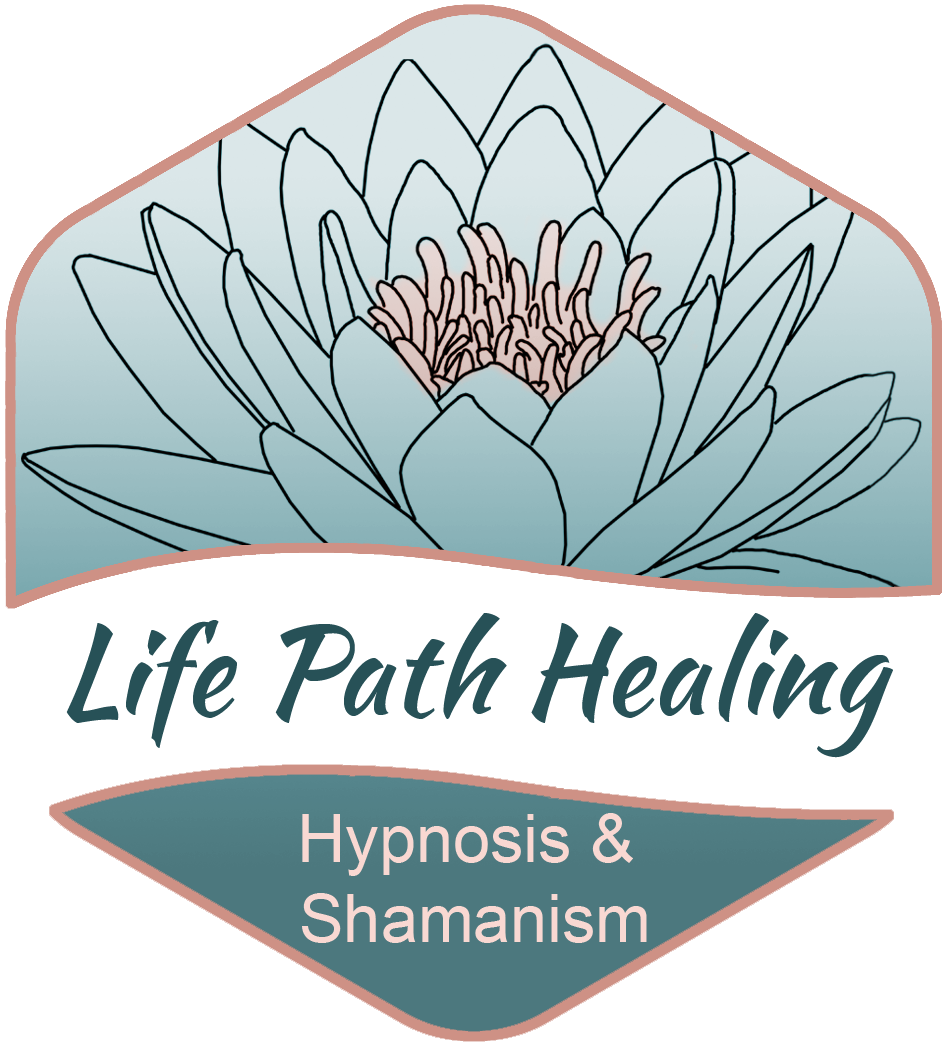Ditch Confidence for Inner Strength
People tend to think of confidence as a state where you’re without fear or hesitation. You want something, you go for it. Getting to a state where you have no fear is not only boring, it’s dangerous. Fear helps with discernment. It’s the voice of warning when a person or situation feels off. It also tells you when you’ve come to the edge of your comfort zone, and that is where the magic happens.
“This is the area of big potential growth. You want to recognize it when you’re there.”
Fostering Resilience, Not Perfectionism
Inner strength is about resilience. It’s a confidence in the self, not in the end result. You may screw it up. You may not get it right. Heck, you may fail big time. Confidence says, “I’ll get it right” but inner strength says, ”whether I get it right or not, I’ll be okay.” When you know you’ll be okay either way, that is when you feel strong. You’re able to take risks. The way you feel isn’t dependent on the outcome.
The Magic Starts with Fear
Inner strength starts with recognizing the fear, allowing yourself to feel it, and then continue to take small, incremental steps forward. The more you practice this, the better you become.
“It starts with noticing. Pause and notice the fear. Don’t let your autopilot run away from it.”
Pause and Notice
How do you sit with fear? One way is to notice your automatic reactions. Commit to pausing before making decisions. You get a request to speak at a meeting? Your friend invited you to a large social gathering where you don’t know anyone? You’re thinking about committing time to a creative endeavor? - Pause. Before you say no, ask yourself why you want to move away from it. What are you afraid of?
Ask Fear What It Wants
One of my favorite writers, Elizabeth Gilbert, often talks about her method of personifying fear. She invites it to the table for a conversation. After all, this is a part of you and all parts should be welcome. When they’re not, they get relegated to the shadow and nothing good comes of that. So, have that conversation. “Hi, old friend. Thanks for coming. What is it you’re afraid of?”
Negotiate. Tell fear it can ride along, but it doesn’t get to drive the bus. Give it a job you both can agree on.
Fear is a protective instinct. How can you allow fear to protect you, but in a way that fits your goals?
The Practice of Self-Trust
Rather than blind self-confidence or allowing fear to shut you down, you can pause, consider the reason for the fear, and consciously move in the direction you want. Doing this builds confidence through trusting yourself to make positive decisions and know you’ll be okay with whatever outcome comes your way.
Try my meditation for self-acceptance. Invite fear into your heart space for a conversation.
